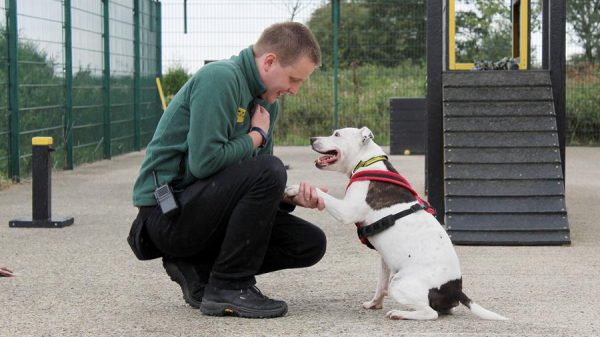Hedgehogs are in decline, but there are plenty of things you can do to help Britain’s favourite mammal.
The recent State of Britain’s Hedgehogs 2018 report, published by wildlife charities People’s Trust for Endangered Species (PTES) & the British Hedgehog Preservation Society (BHPS), showed that at least half of Britain’s hedgehogs have been lost from our countryside over the last two decades. In towns and cities, the picture is a little better and although the species has declined in urban areas by a third since 2000, the rate of decline is starting to slow, and in some areas numbers might be even increasing.
There are many reasons why hedgehogs are in trouble, including habitat loss (tidy, fenced in gardens aren’t good as hedgehogs need to roam for food and shelter), agricultural intensification and use of pesticides – to name a few.
Hedgehog Street, a nationwide campaign run by PTES & BHPS, began in 2011 and aims to ensure that hedgehogs remain part of British life. Hedgehog Street also offers advice and ideas for those wanting to help ‘hogs.
Fortunately, hedgehogs love gardens and there are lots of things you can do to help:
- Visit www.hedgehogstreet.org and become a Hedgehog Champion. Join over 51,000 Champions across the UK helping hedgehogs
- Make a CD sized hole in your fence/wall, to allow hedgehogs to roam
- Talk with your neighbours or local community and ask them to do the same in their garden, creating a hedgehog highway
- Encourage natural hedgehog food like insects into the garden by planting a wild corner or by having a compost heap. You can supplement this by providing hedgehog food, or meaty dog/cat food, and water
- Make a home for ‘hogs by making a log/leaf pile, or by building a hedgehog house
- Remove hazards from your garden like litter, tie up loose netting, don’t use pesticides or slug pellets and make sure there is way for hedgehogs to get out of your pond – even though hedgehogs can swim, a ramp will help them get out
- If you’re lucky enough to see a hedgehog, please log your sightings (dead or alive) on the BIG Hedgehog Map.
Emily Wilson, Hedgehog Officer at Hedgehog Street says: “Hedgehogs usually hibernate from October/November to March/April, and there’s lots you can do to help during this time. Creating a log pile and keeping piles of leaves in your garden provides great nesting options, and providing water and supplementary food (such as hedgehog food, or a meaty dog/cat food) is really beneficial. Just remember to always check your bonfires before burning, as they can be irresistible to a nesting ‘hog.”
During hibernation hedgehogs are not really asleep – they lower their body temperatures to match the environment and enter a state of torpor, allowing them to save energy. Hedgehogs are also likely to move nesting sites at least once during hibernation, so they are sometimes spotted over winter.
Emily concludes: “If you spot a hedgehog and it looks healthy, the best thing is to leave it alone. Sick, injured or orphaned hedgehogs however may need help, and especially in winter as they’re susceptible to hypothermia. If you suspect a hedgehog is ill, call the British Hedgehog Preservation Society on
01584 890 801.”
For more information on hedgehogs, visit;







